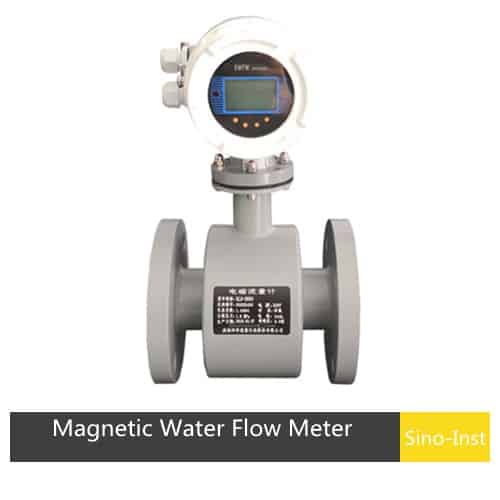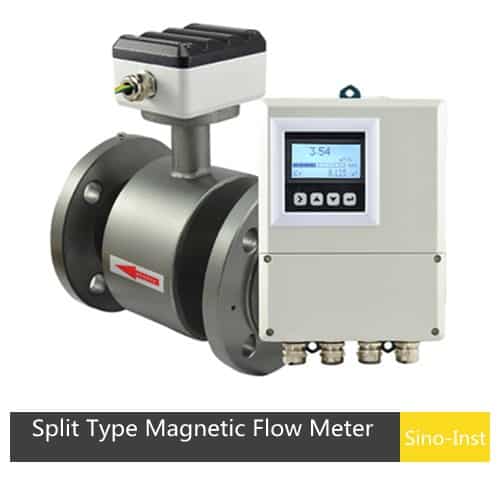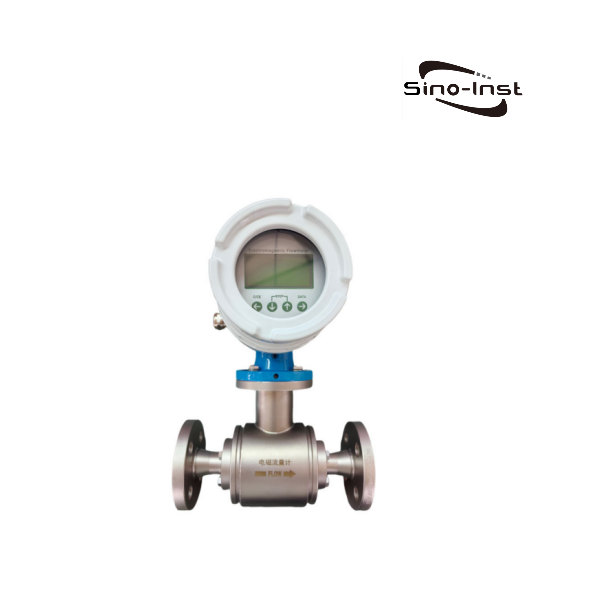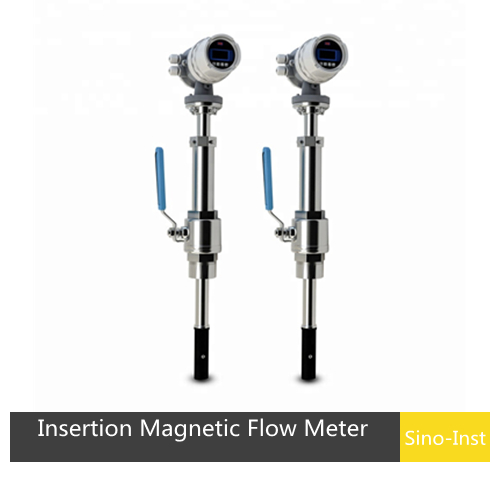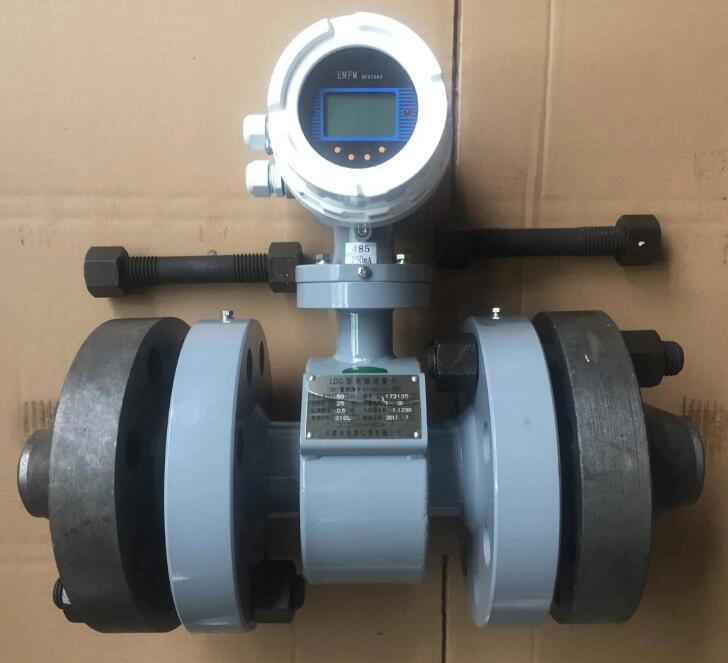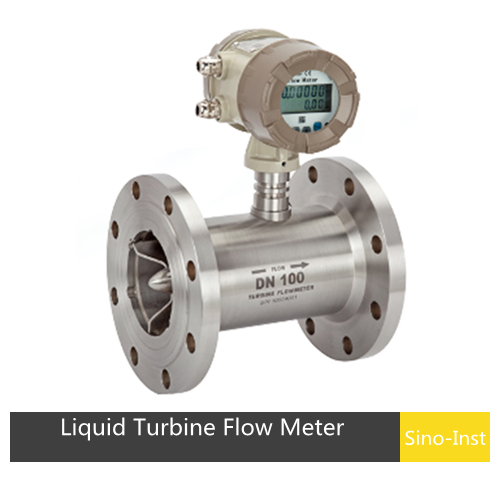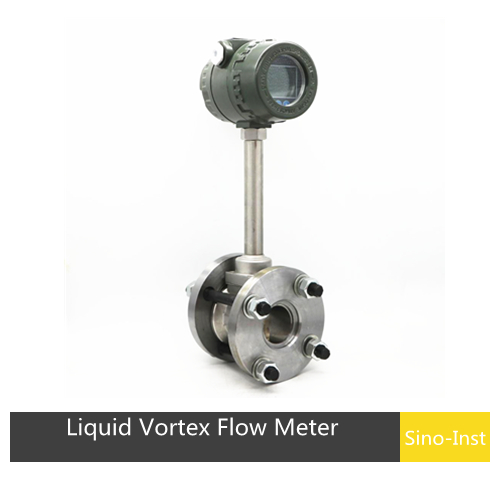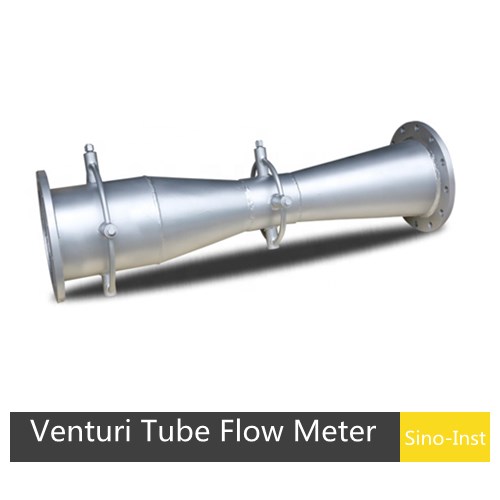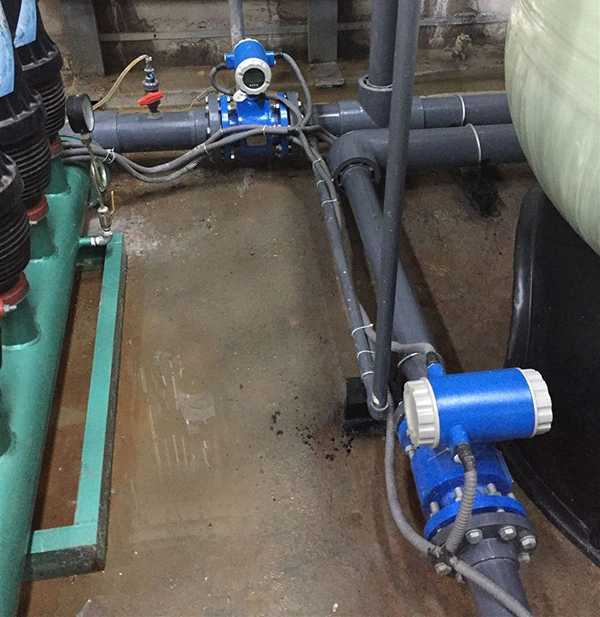
A water flow meter can measure, monitor, and aid to control the flow of water through a pipe, hose, or other manner of instrumentation. It can provide a constant reading of the water flow rate.
Measuring saltwater flow is a relatively complex process due to the corrosive nature, high salinity, and large temperature variations of the saltwater environment. Choosing the right saltwater or seawater flow meter is critical for accurate and streamlined operation.
This article will provide you with all the valuable information about sea water flow meters to help you make an informed decision.
Significance of Sea Water Flow Measurement
- Marine Research and Environmental Monitoring
- Shipbuilding and Design
- Offshore Operations and Oil Exploration
Applications of Saltwater and Seawater Flow Meters
- Desalination Plants
- Marine Fuel Flow Measurement
- Offshore Oil & Gas Operations
- Coastal Water Management
- Power Plants
- Oceanography and Climate Research
Types of Saltwater and Seawater Flow Meters
1. Electromagnetic Flow Meters
When seawater flows through a magnetic field, a voltage is generated that is proportional to the flow rate. Electrodes within the meter capture this voltage to calculate the flow.
Electromagnetic Flow Meters are suitable for water treatment plants and industrial and municipal seawater pumping systems.
Advantages: No moving parts, reducing maintenance, High accuracy (±0.5% or better), Ideal for large pipelines and industrial desalination plants.
Disadvantages: Requires conductive fluid (seawater is suitable), Not suitable for very low-flow applications.
2. Ultrasonic Flow Meters
Ultrasonic flow meters measure flow using sound waves. Transit-time ultrasonic meters measure the difference in travel time of ultrasonic waves in the direction of flow and against it.
On the other hand, Doppler ultrasonic meters work by measuring frequency shifts caused by particles in the water.
Ultrasonic Flow Meters are best suited for marine fuel systems, Offshore oil and gas platforms, Coastal water monitoring.
Advantages: Non-intrusive (clamp-on models available), No moving parts, reducing maintenance, Works well for large pipe diameters
Disadvantages: Transit-time models require a clean fluid (not ideal for high sediment seawater), Accuracy can be affected by temperature and air bubbles
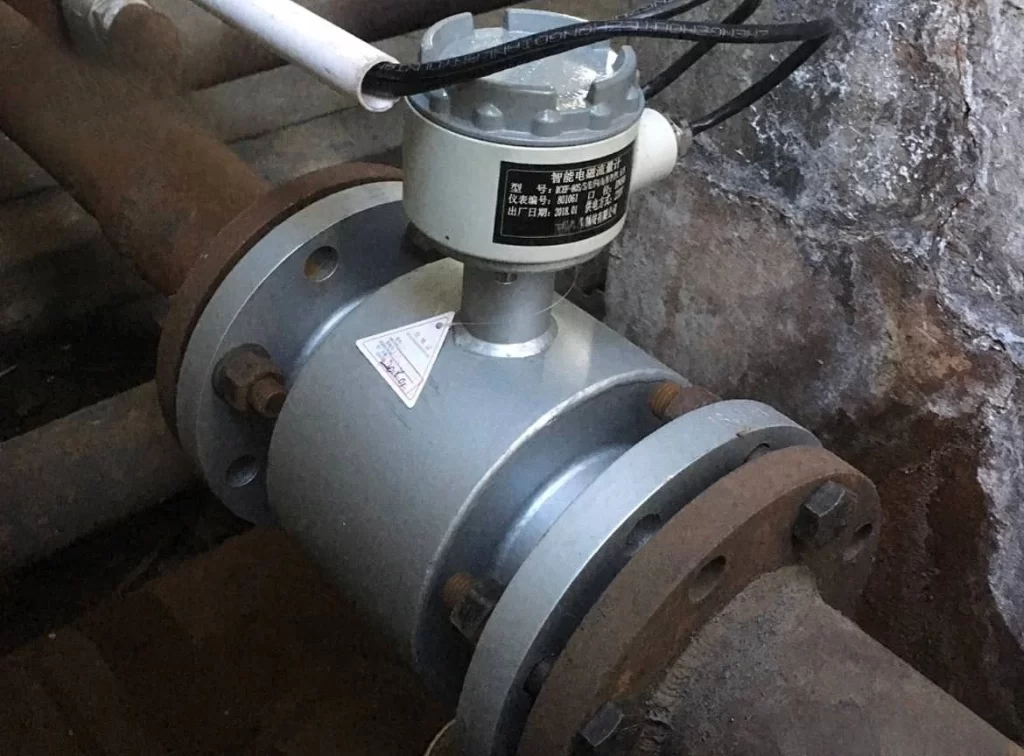
3. Turbine Flow Meters
Turbine Flow Meters measure flow using a rotating turbine. The rotational speed is proportional to the flow rate. Seawater cooling systems and industrial saltwater applications are best suited to turbine flow meters.
Advantages: Compact and cost-efficient, Furnishes high accuracy with proper calibration.
Disadvantages: Moving parts require maintenance. Not suitable for fluids with high debris content.
4. Differential Pressure Flow Meters
Differential pressure flow meters measure the pressure drop across a constriction in the flow path caused by the seawater’s velocity. These flow meters estimate the flow rate accurately by calculating the pressure difference.
Orifice plates, Venturi tubes, and flow nozzles are examples of differential pressure flow measurement devices commonly used in seawater applications.
Advantages: These flow meters are comparatively cheap.
Disadvantages: But may introduce pressure losses and require careful calibration.
Orifice plates, Venturi tubes, and flow nozzles are examples of differential pressure flow measurement devices commonly used in seawater applications.
How to Select the Right Saltwater or Seawater Flow Meter
Considerations for Accurate Measurement:
- Flow Rate and Velocity
- Conductivity of the measured fluid
- Working pressure
- Material and form of sensor
- Salinity and Temperature Compensation
- Corrosion Resistance
- Installation Constraints: Some meters require full pipe insertion, while others (like ultrasonic clamp-on meters) allow easy installation without pipe modifications.
Installation Tips for Saltwater Flow Meters
1. Avoid Air Bubbles and Sediments
Ensure proper placement to prevent air pockets, which can affect accuracy. Install filters if the water contains high sediment levels.
2. Proper Grounding for Electromagnetic Meters
Magmeters require proper grounding to prevent electrical interference from marine equipment.
3. Consider Environmental Factors
Offshore and coastal environments have high humidity, so ensure enclosures and cables are rated for marine conditions (IP67 or higher).
4. Regular Calibration
Periodic calibration maintains accuracy, especially in high-precision applications like fuel measurement.
5. Flow Meter Orientation
Some meters work best in horizontal installations. Check manufacturer guidelines for the best positioning.
Future Trends in Sea Water Flow Measurement
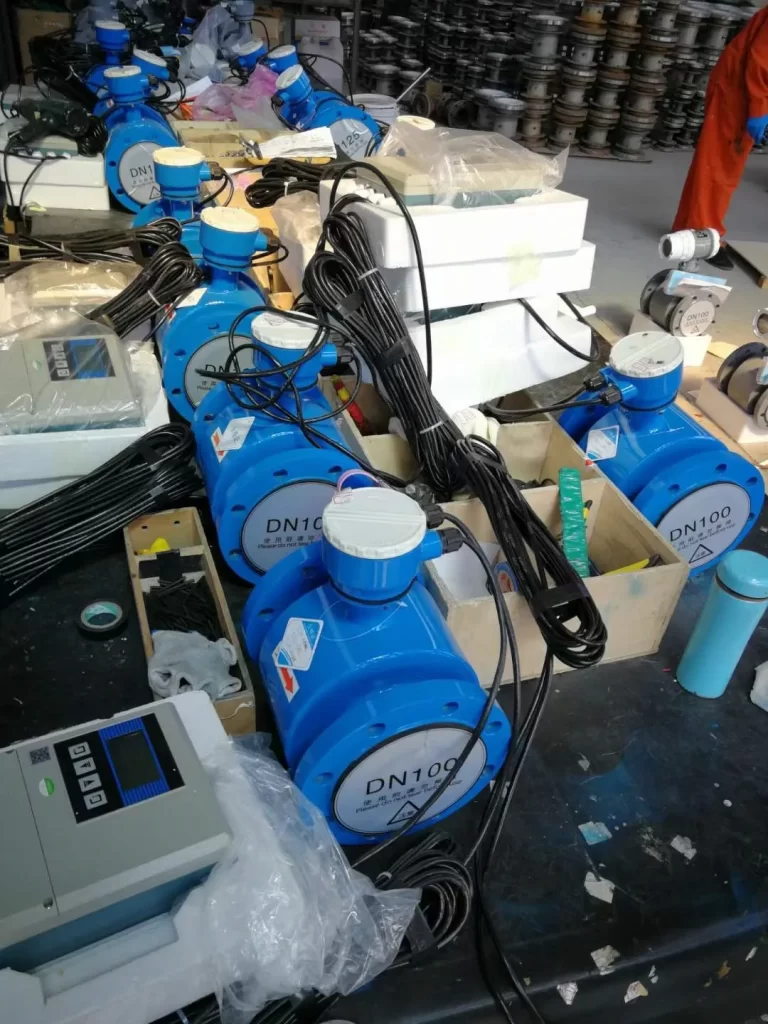
More Flow Measurement Solutions
- Guide for Raw Water And Fresh Water Flow Meters
- Electromagnetic Interference Resistant Flow Meters
- Helical Flow Meters: Accurate Flow Measurement For Challenging Applications
- Bitumen And Asphalt Level Meters: Let’s Learn More About Them
- Rotary Flow Meters for More Stable Measurement and Control Systems
- Fertilizer Flow Monitoring: Liquid Fertilizer Flow Meters
- Calorimetric Flow Meter: An Economical Solution For Hot Water Flow Measurement
- Knowing Paint Flow Meters – Choose the Right One!
- Comprehensive Guide On Chlorine Flow Meters
- How To Calculate Pressure From Flow Rate And Vice Versa
When choosing a flow meter, prioritize corrosion resistance, accuracy, and maintenance requirements to ensure long-term efficiency in harsh marine environments. With the right flow meter, industries can achieve better performance, lower operational costs, and improved sustainability in seawater applications.
If you want expert guidance on choosing a flow meter for your specific needs, feel free to reach out to Sino-Inst. All popular flow measurement solutions are there in our company.
-1.jpg)
